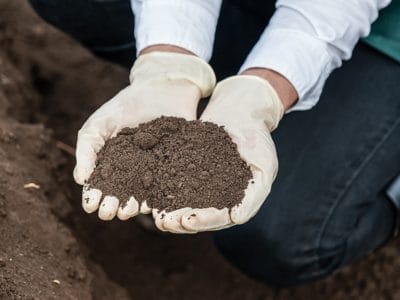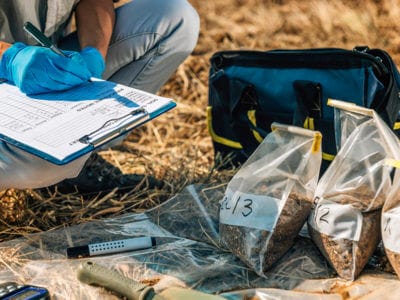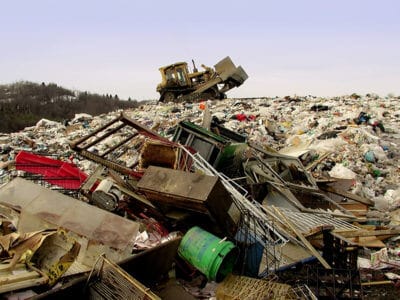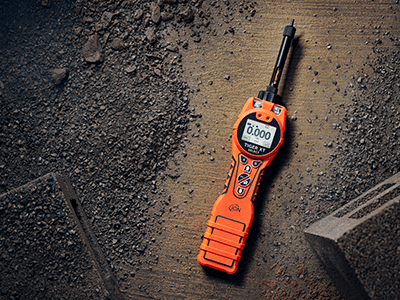
Contaminated Land – Why use ION Science PID?
Portable PID instruments such as the ION Science Tiger XT have been designed specifically for challenging field conditions. These rugged instruments benefit from the advanced features of the MiniPID 2 sensors, such as detection limits down to 1 ppb, and measurement ranges up to 20,000 ppm.
Eliminating Humidity Interference
For decades, the users of portable PID instruments have endured unreliable measurements from their instruments due to the high levels of humidity that often exist on-site and in the headspace of soil samples.
A number of work around solutions’ have been developed involving humidity suppression or compensation, but all of these have significant limitations…
Download the guide today to find the reasons behind the Tiger XTs popularity, its humidity resistant and anti-contaminated design and how it can become an important tool for your site investigation and sample screening work.

Download our FREE Guide
“Contaminated Land – Why use ION Science PID”
Download the guide today to find out the reasons behind the Tiger XTs popularity, and how it can become an important tool for your site investigation and sample screening work.






















